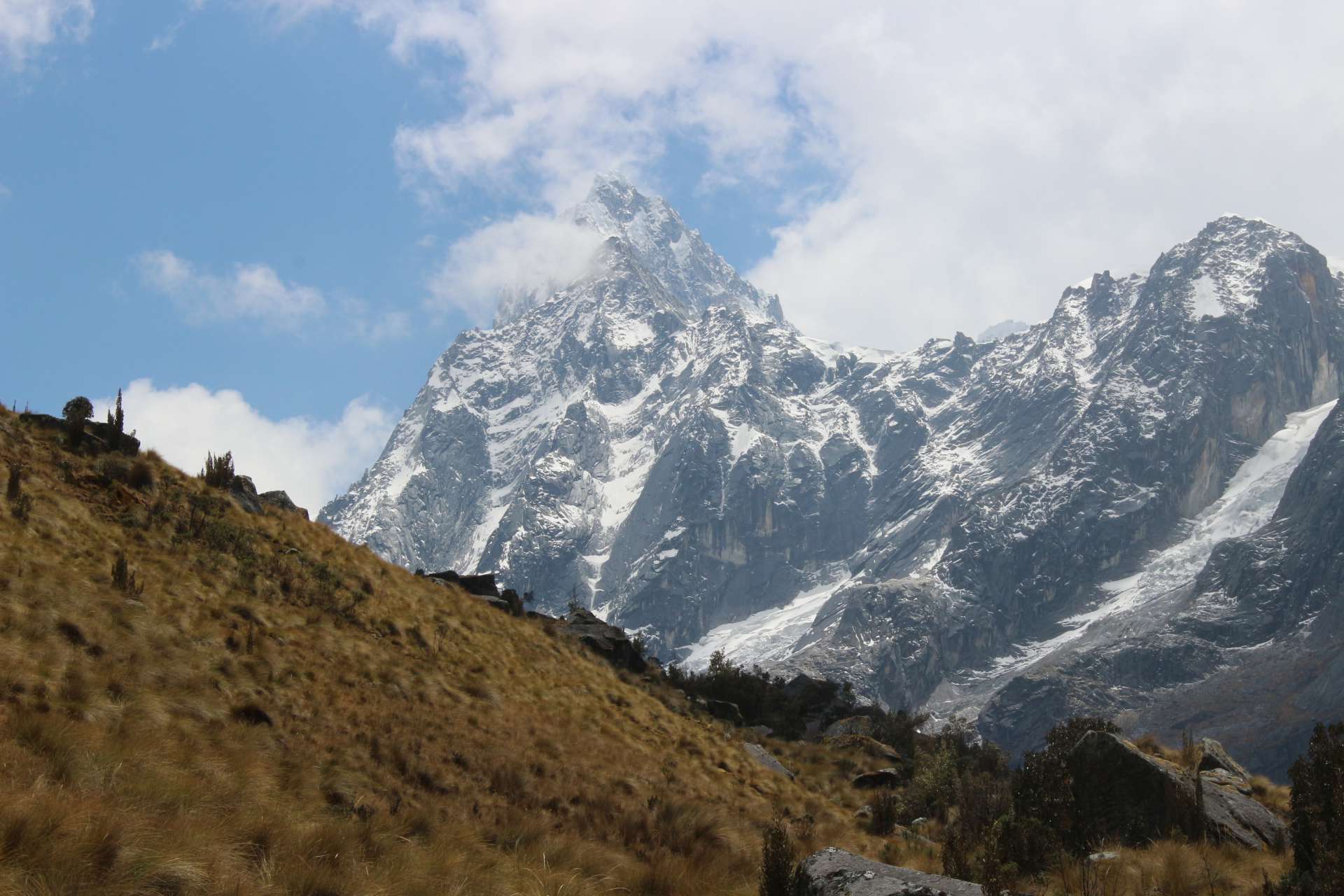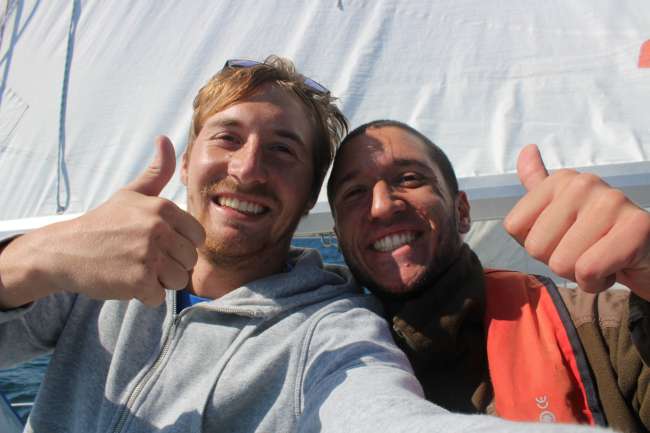The Jungle - Iquitos and its surroundings
Rakabudiswa: 03.10.2016
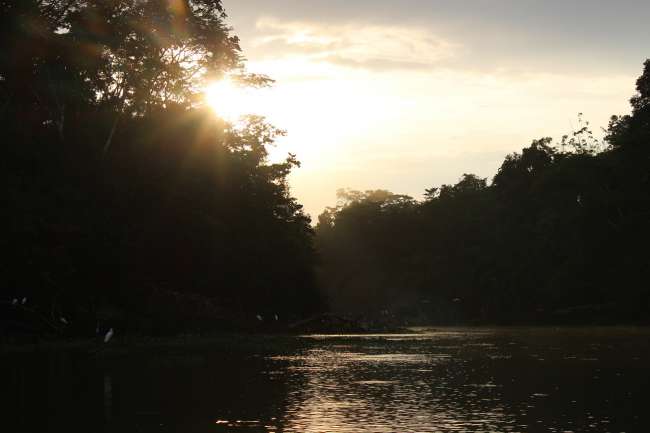
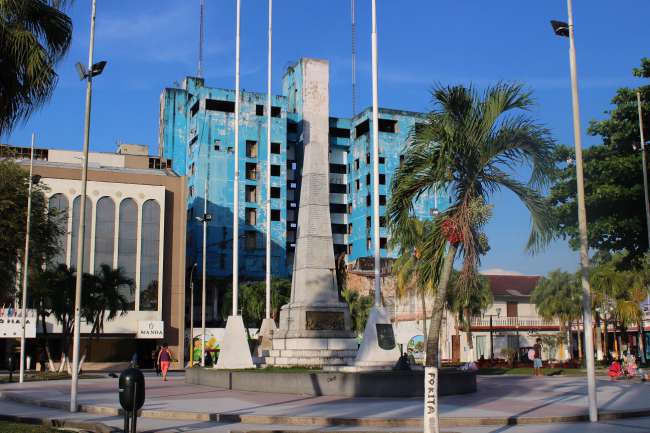
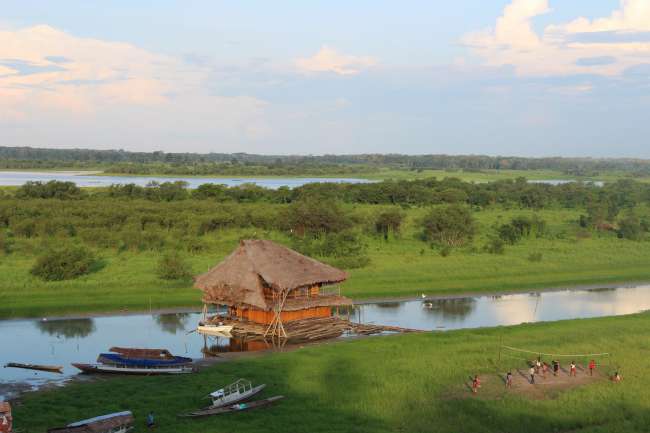
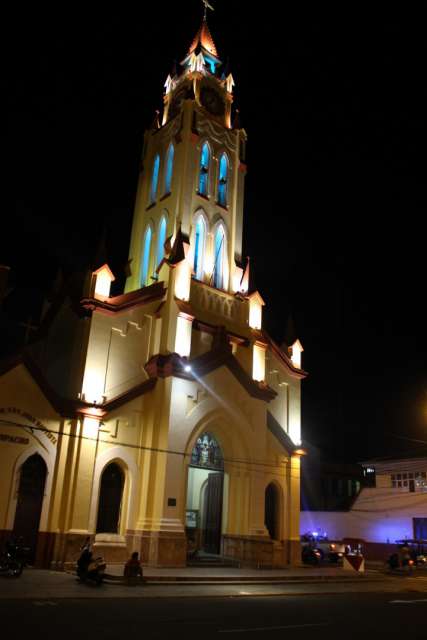
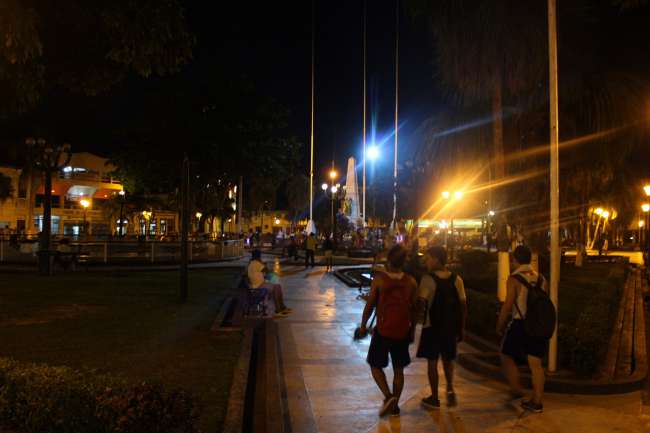
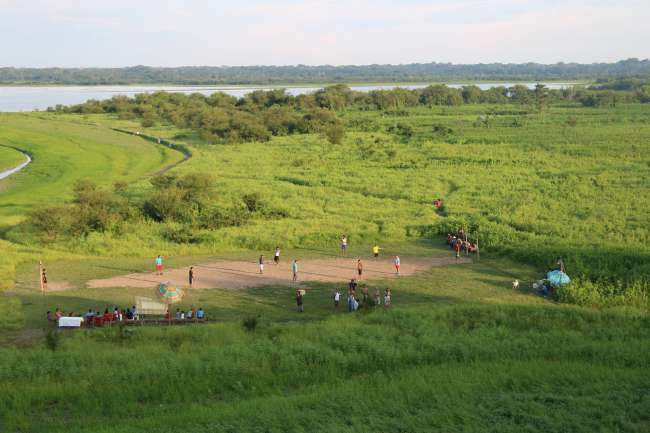
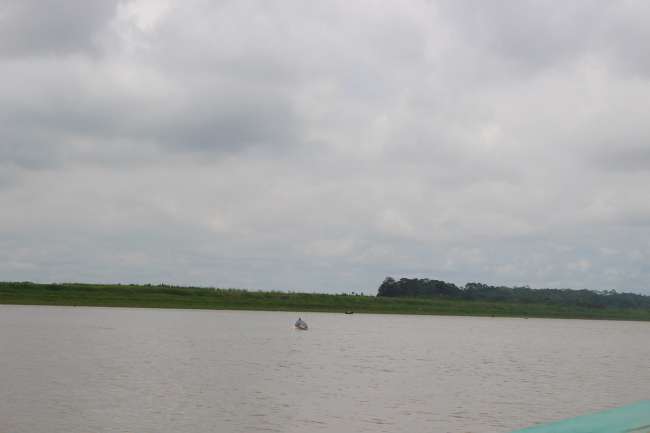
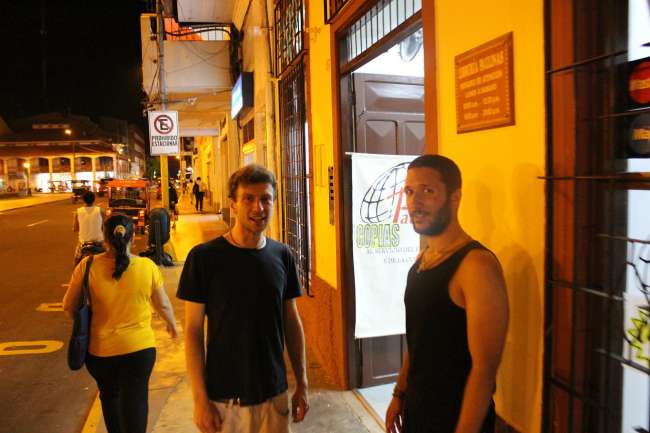
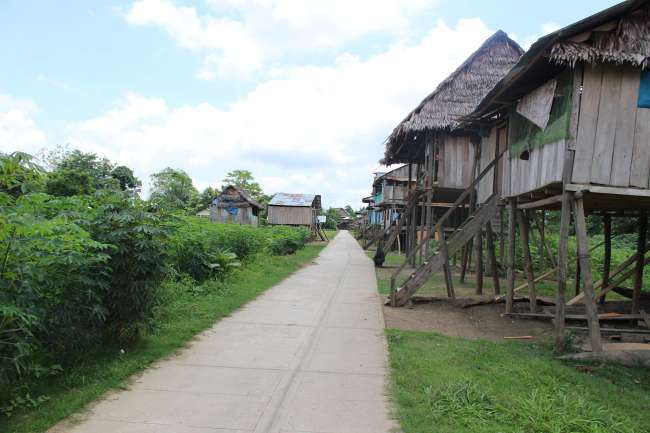
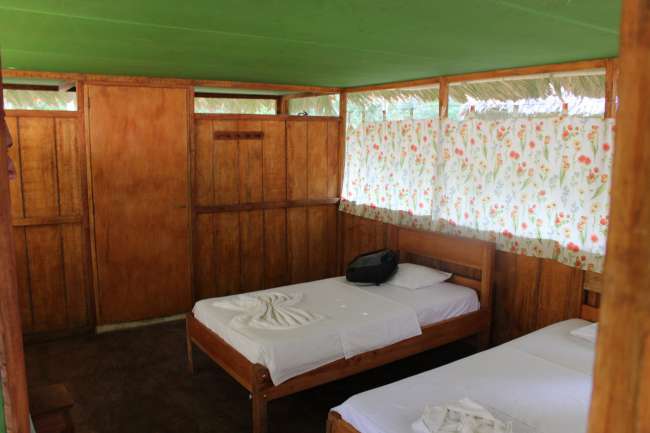
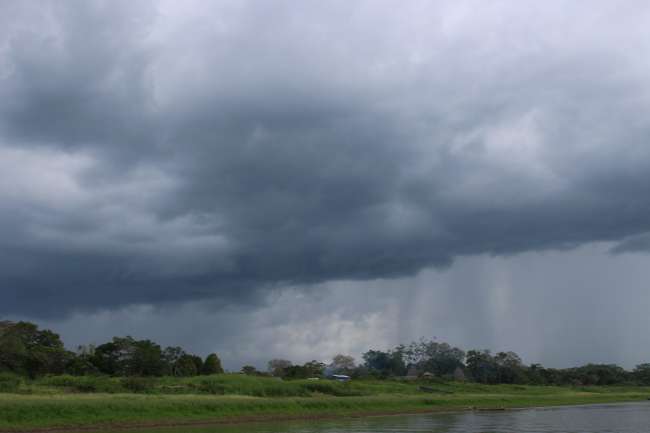
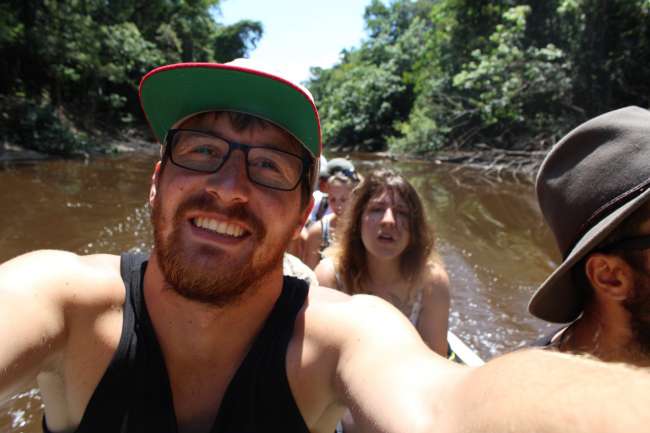
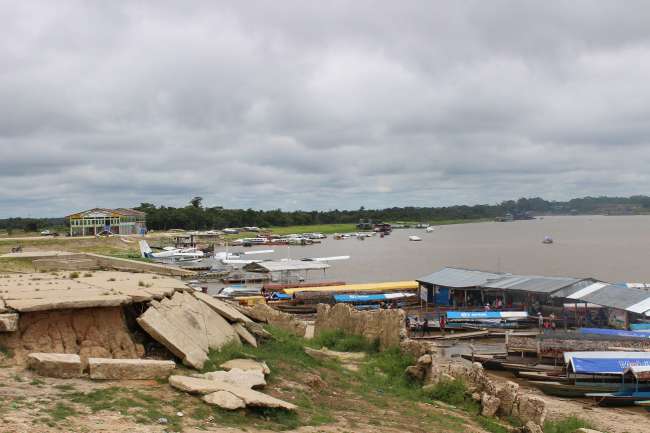
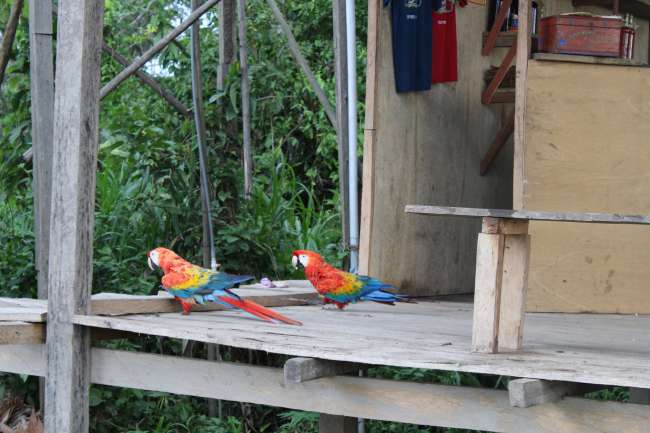
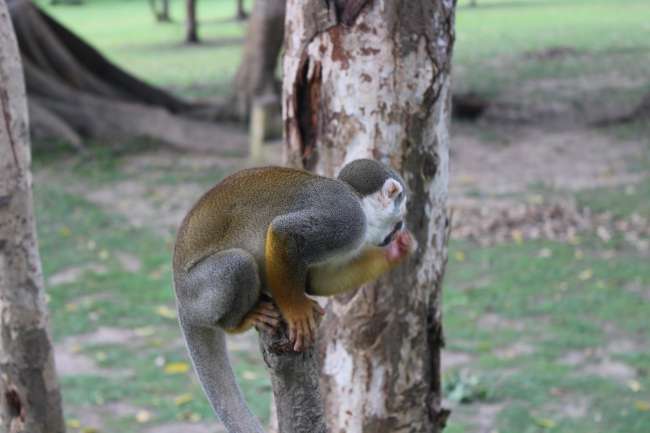
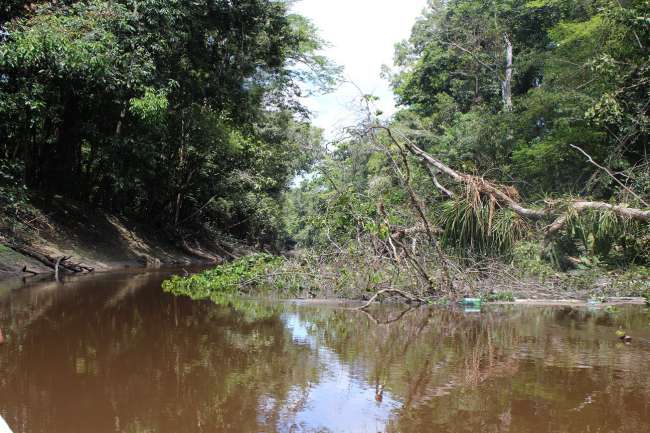
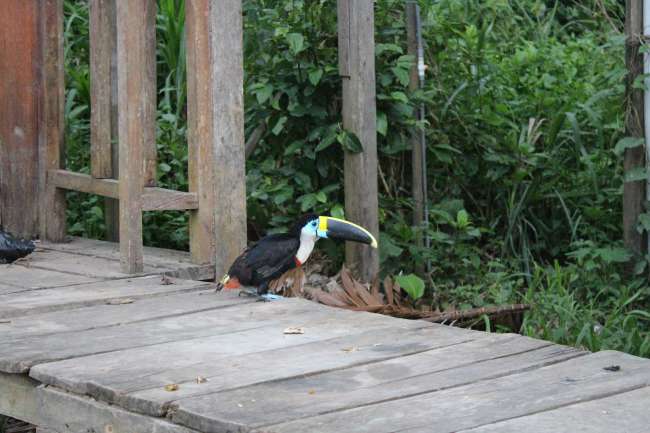
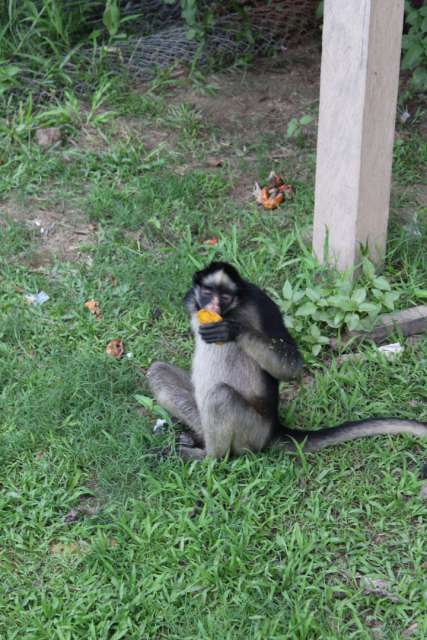
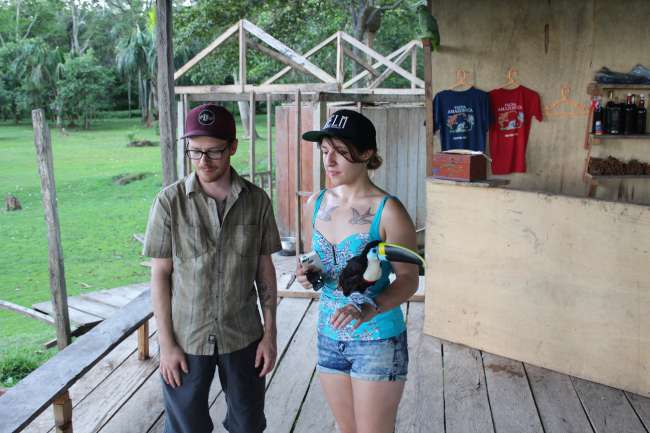
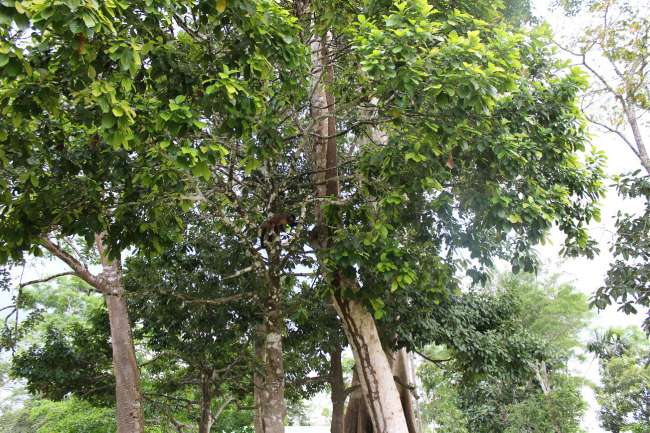
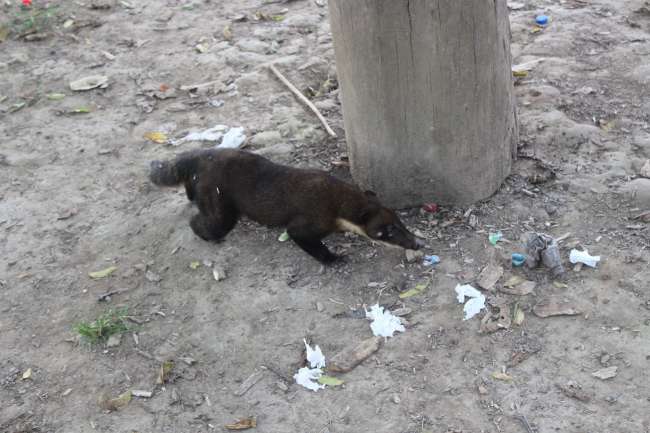
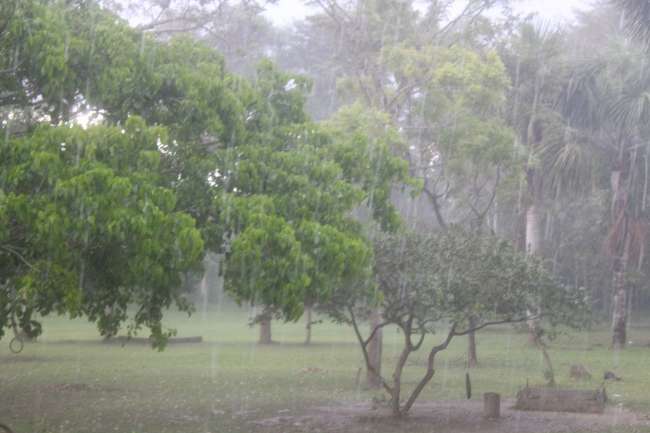
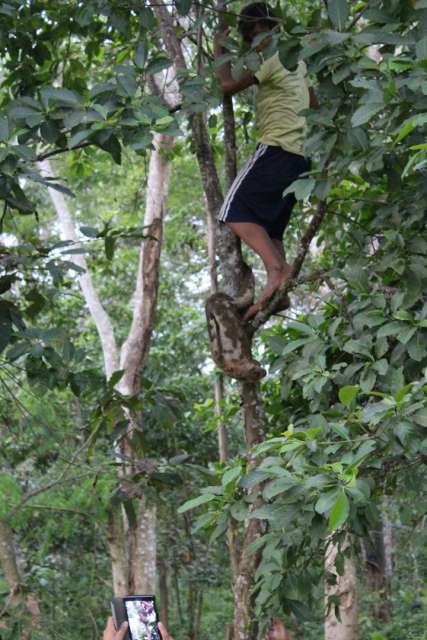
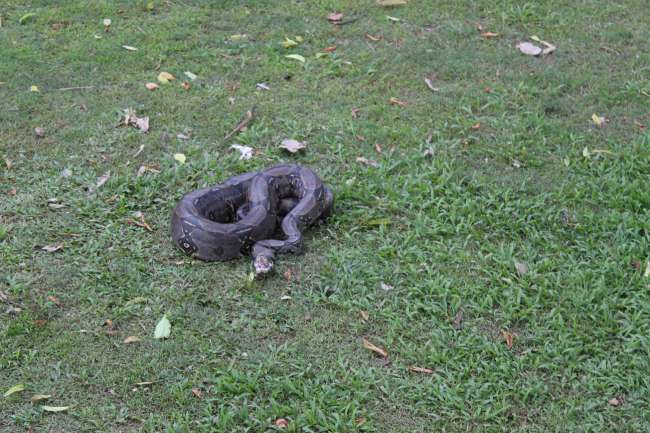
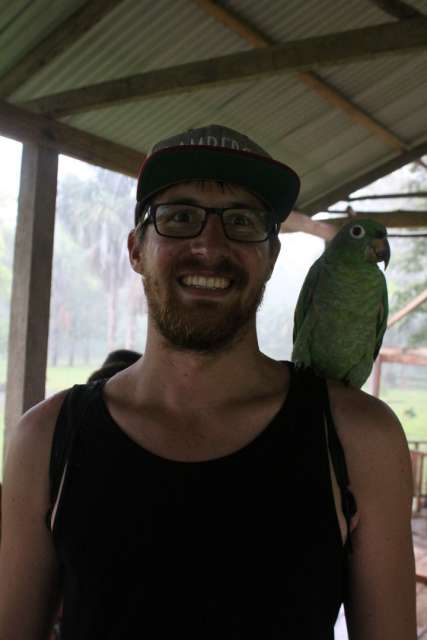
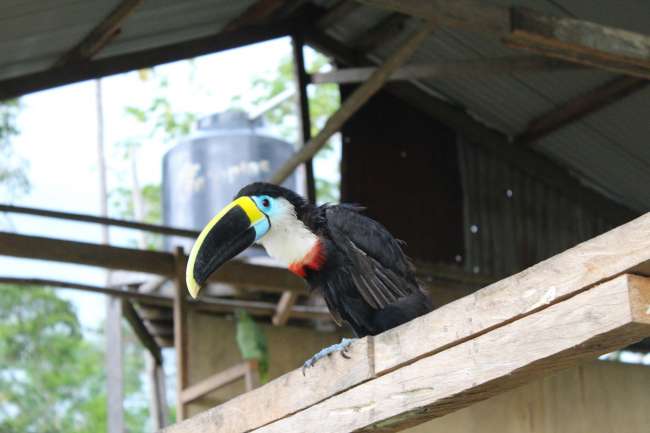
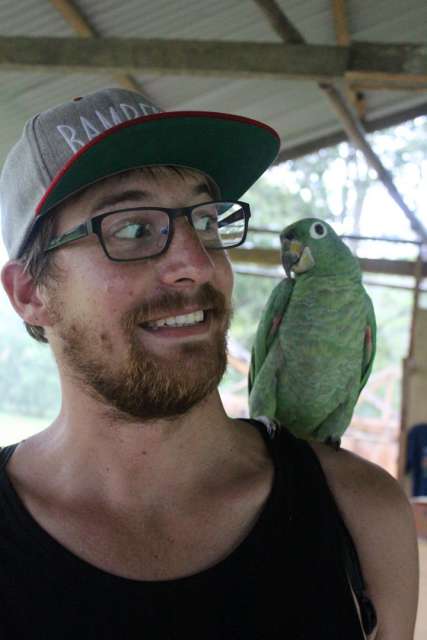
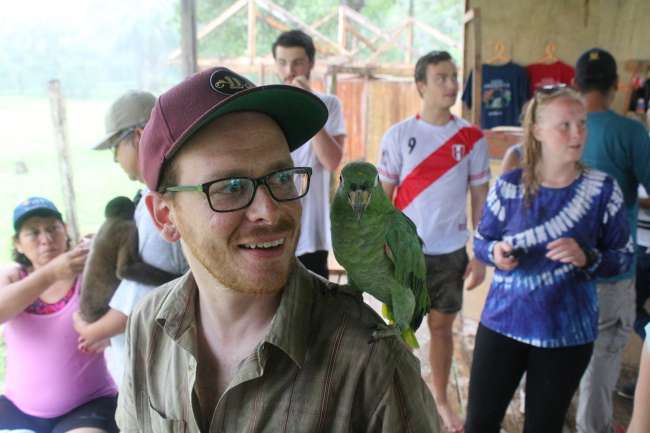
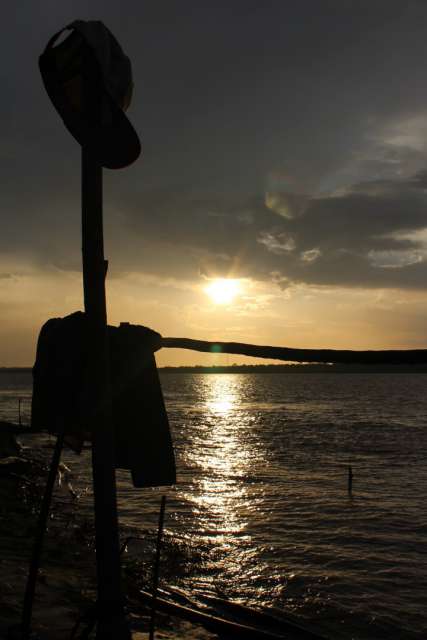
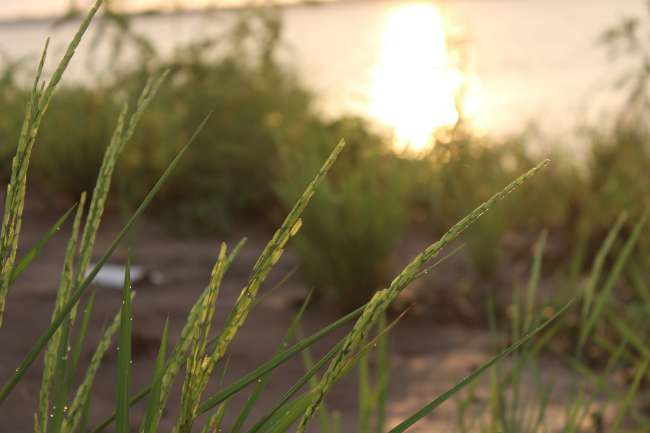
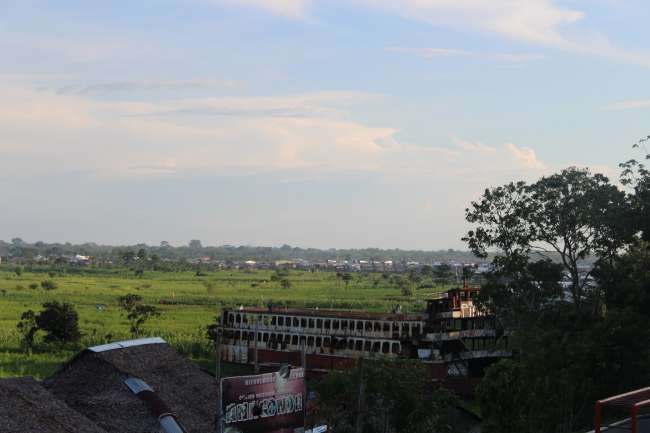
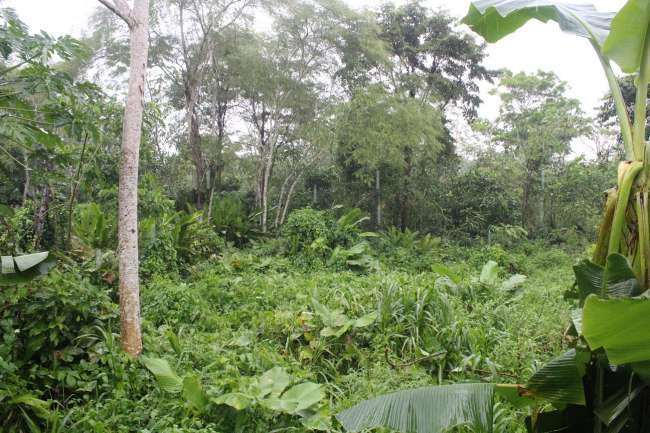
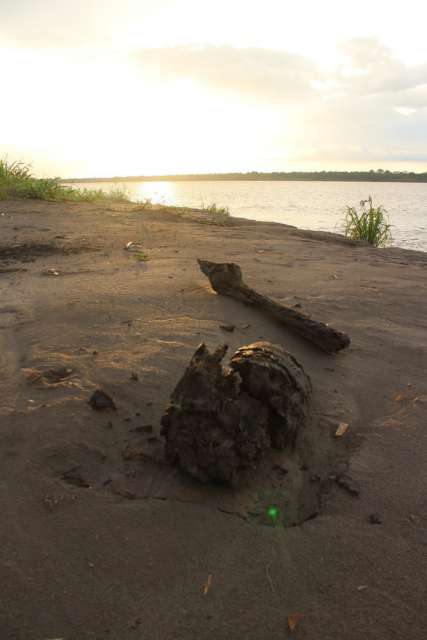
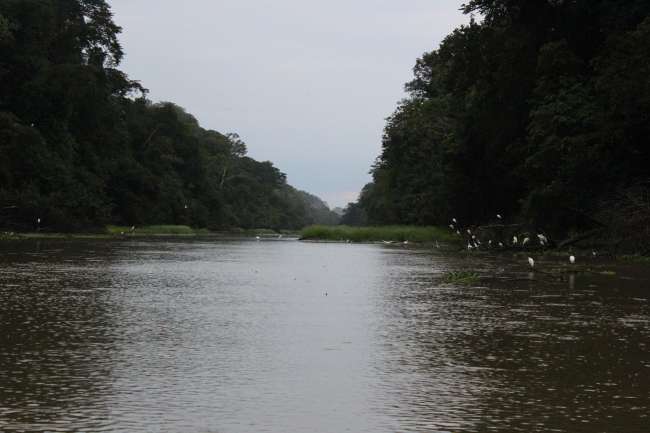
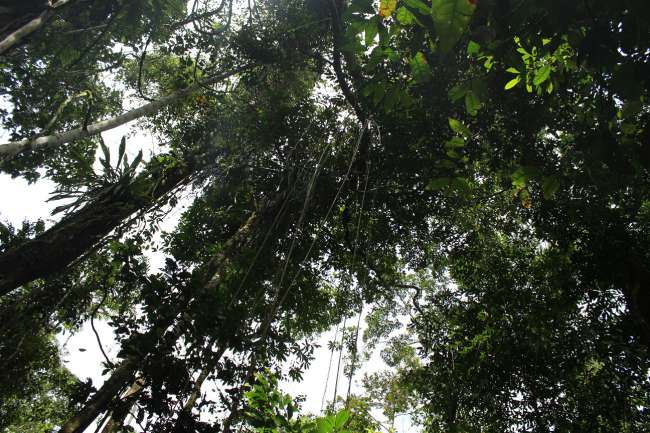
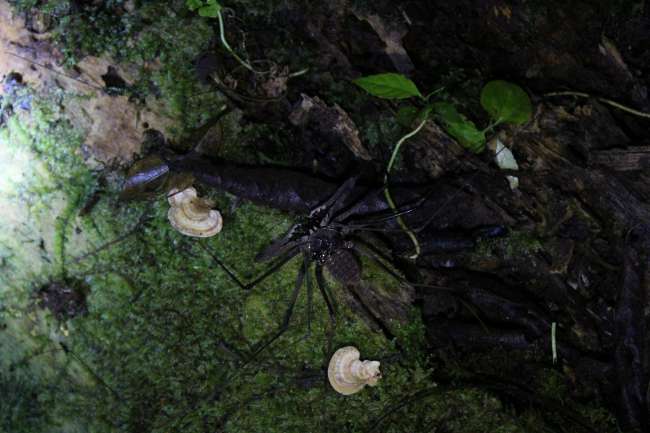
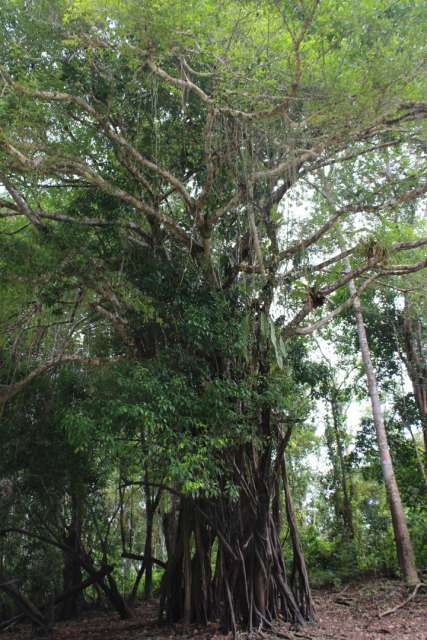
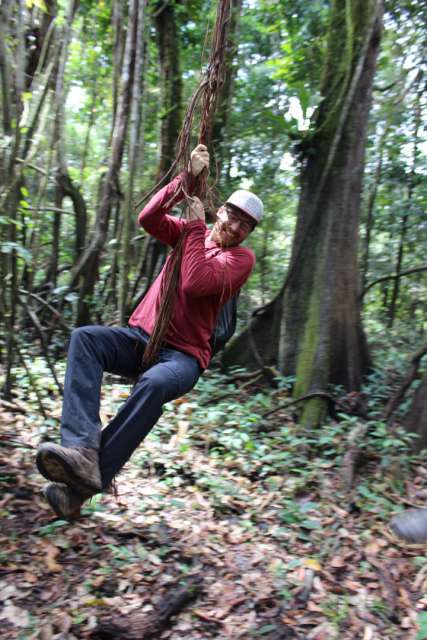
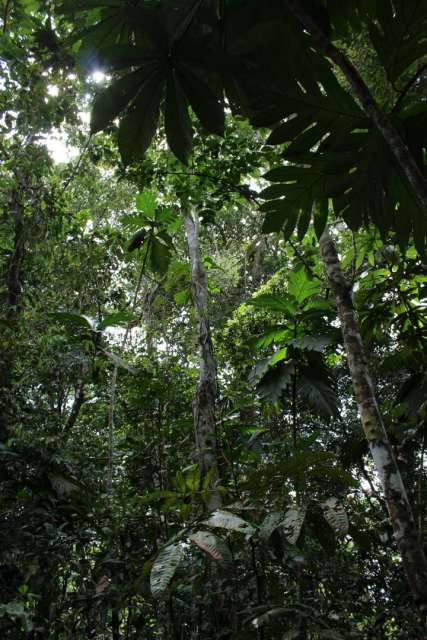
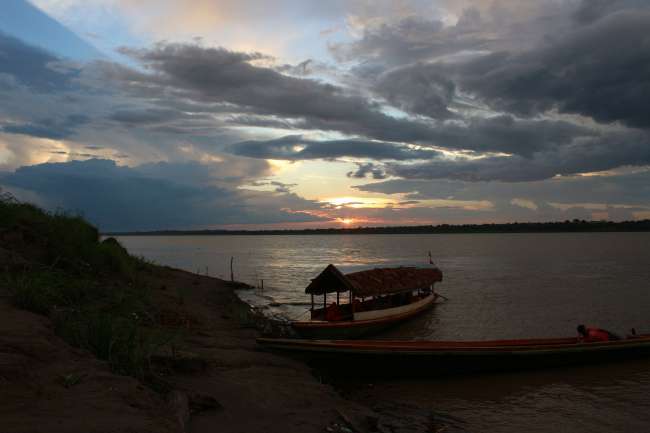
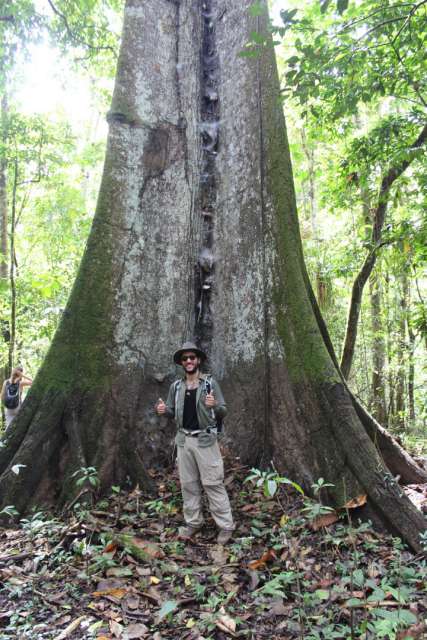
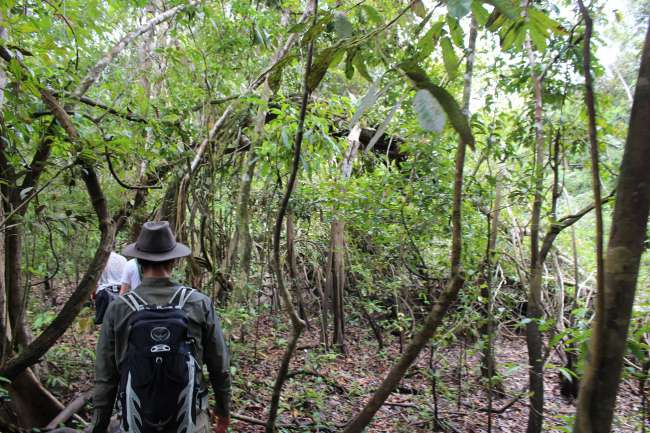
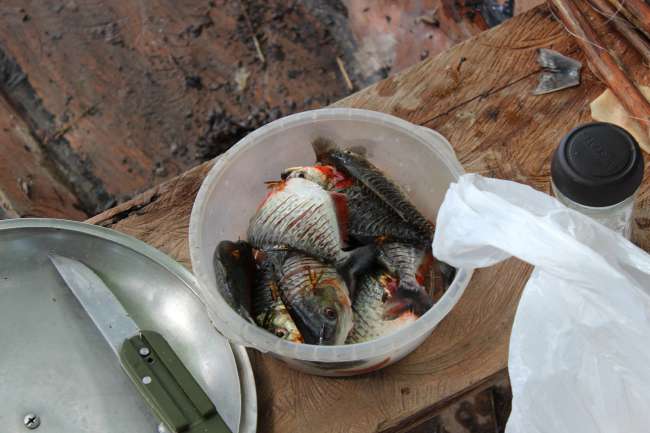
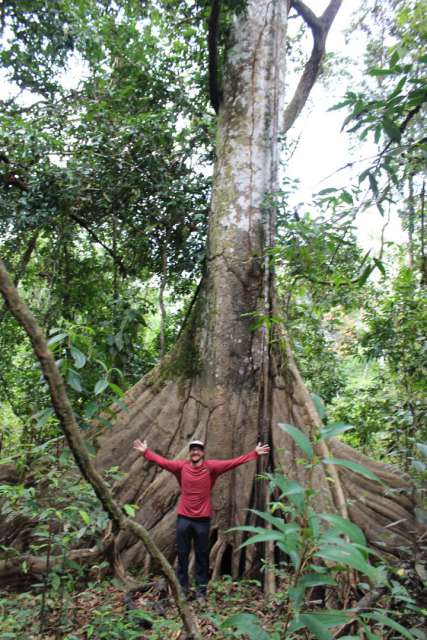
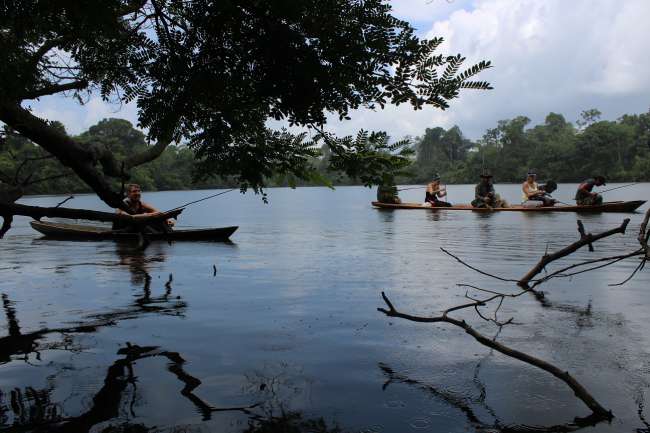
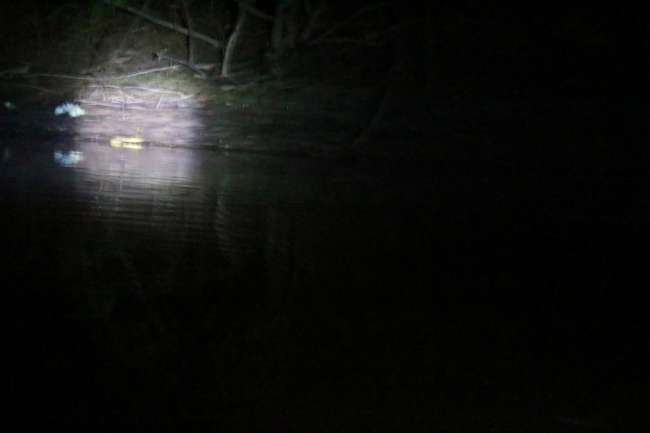
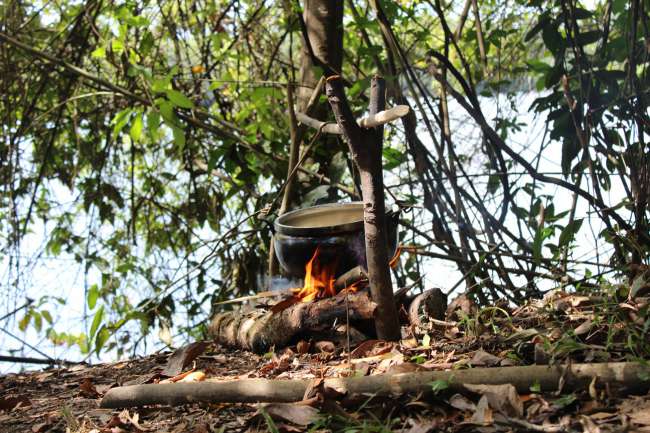
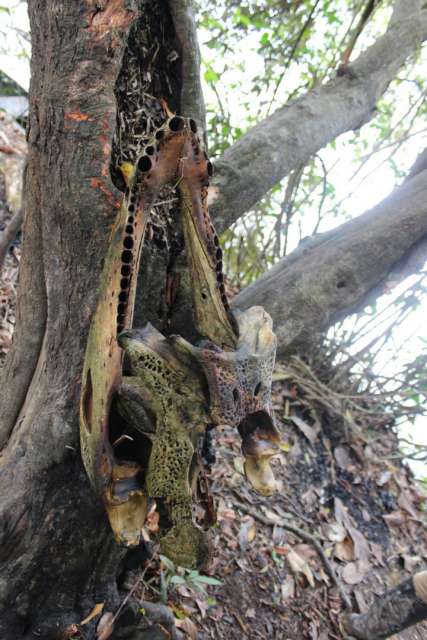
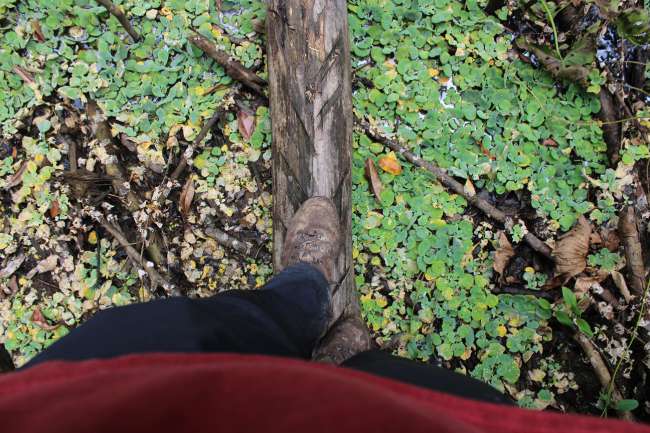
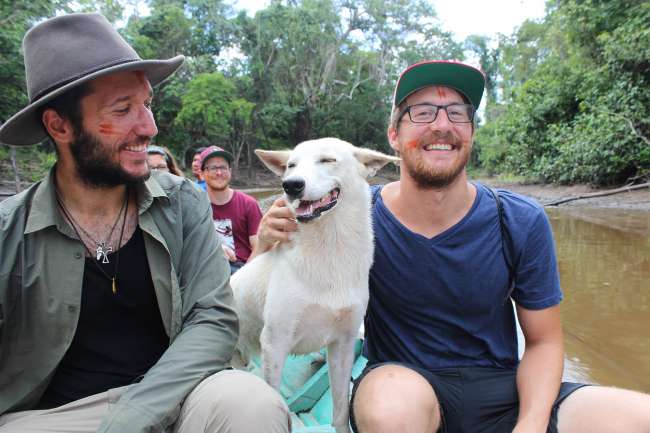
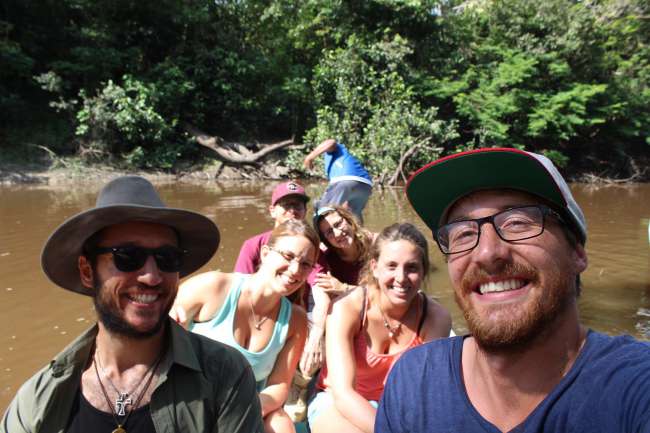
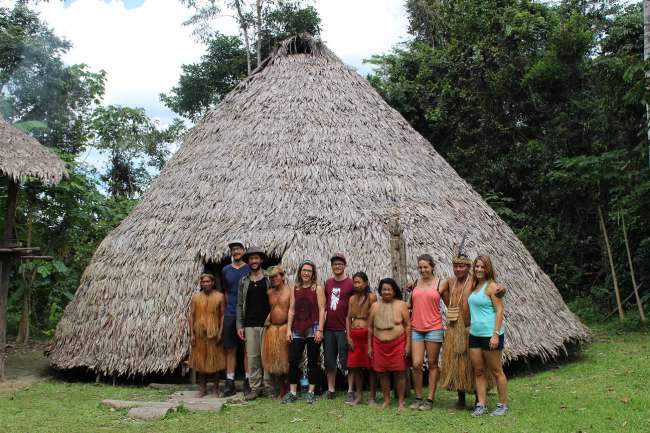
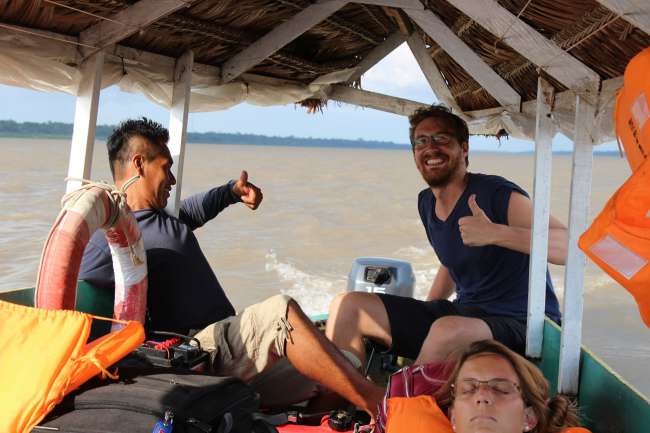
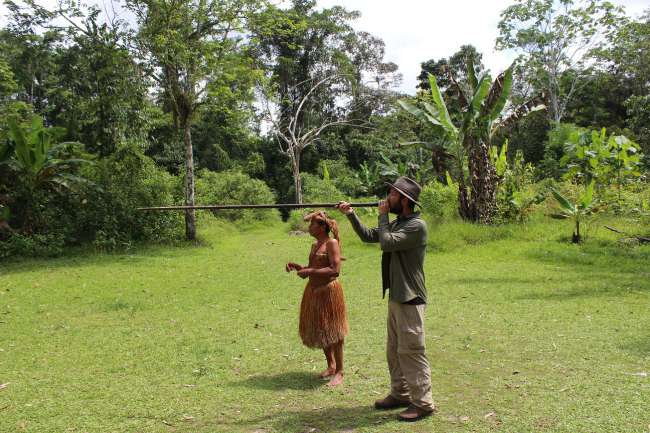
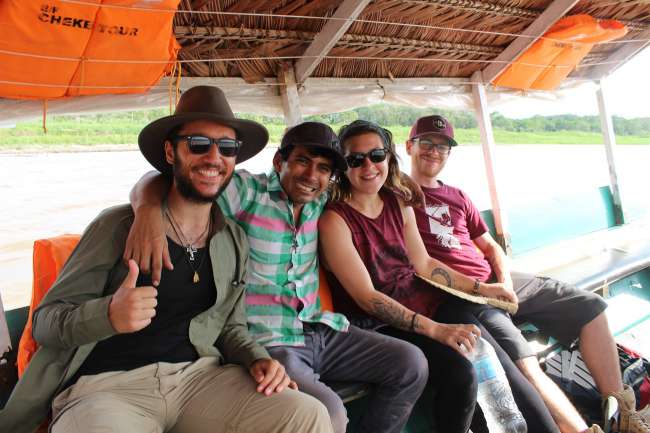
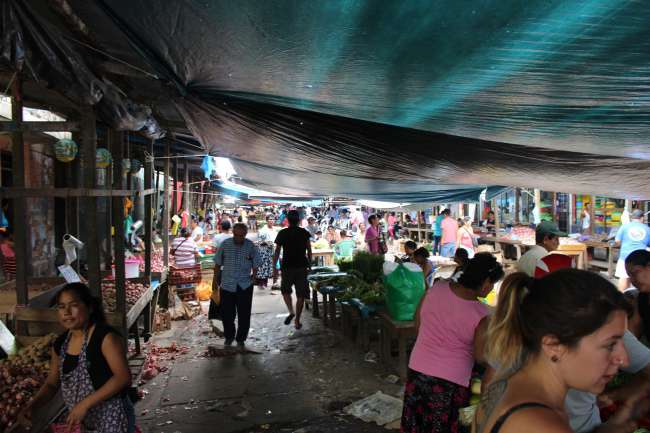
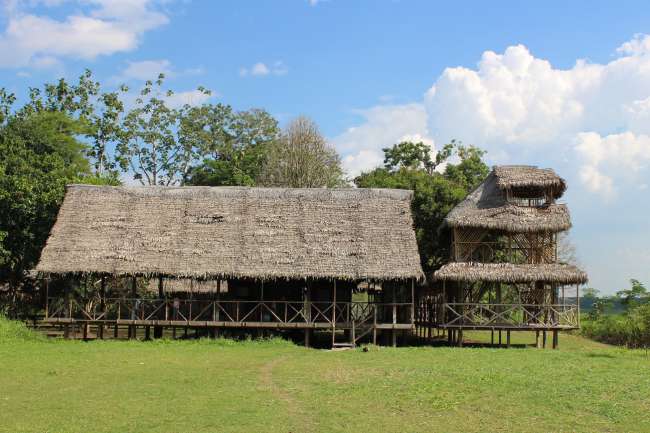
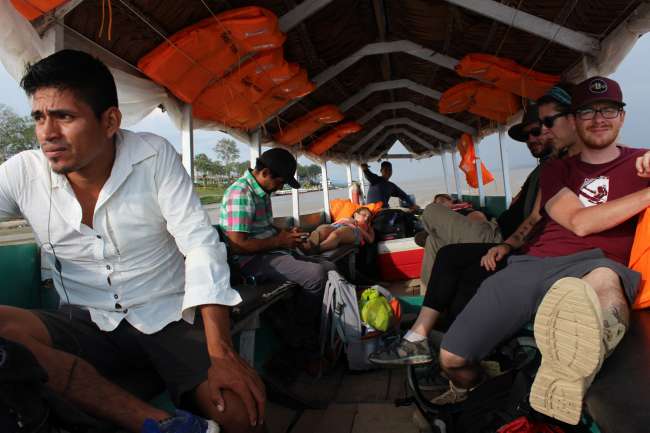
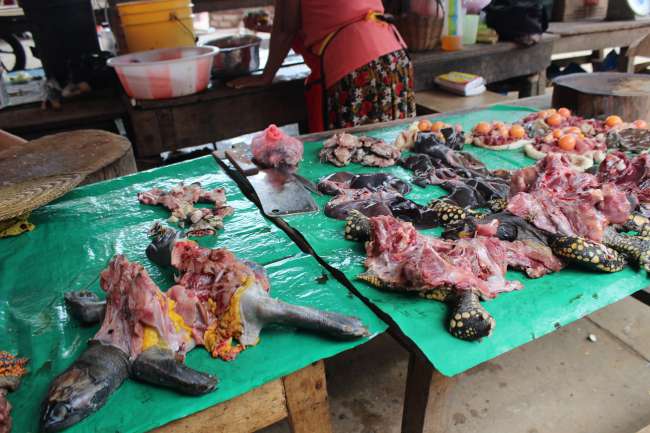
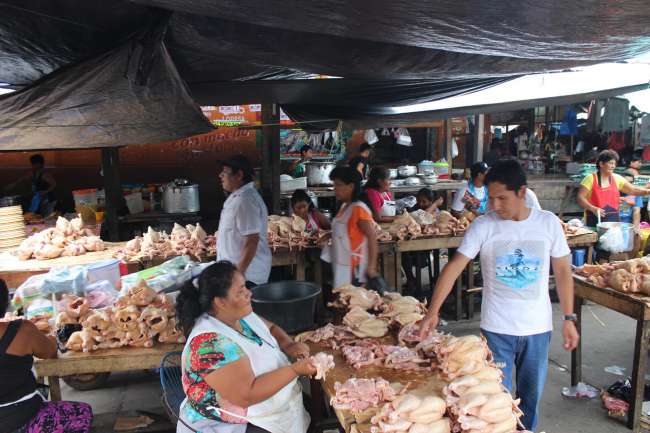
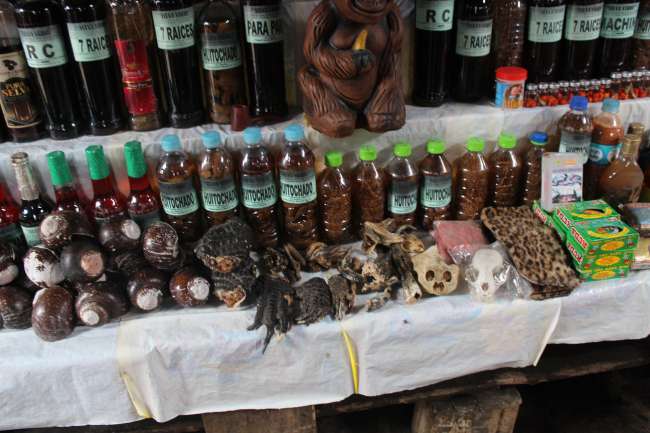
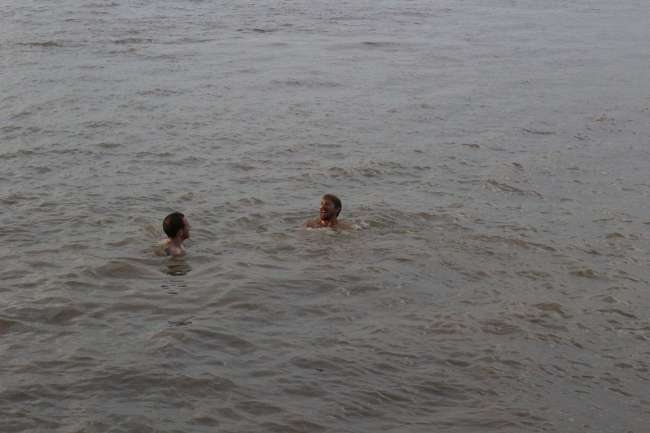
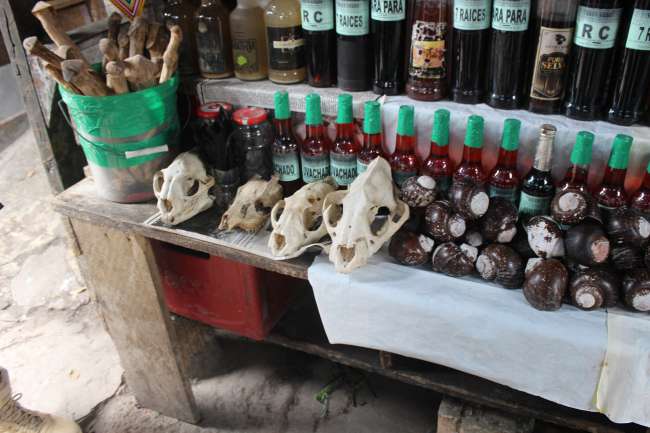
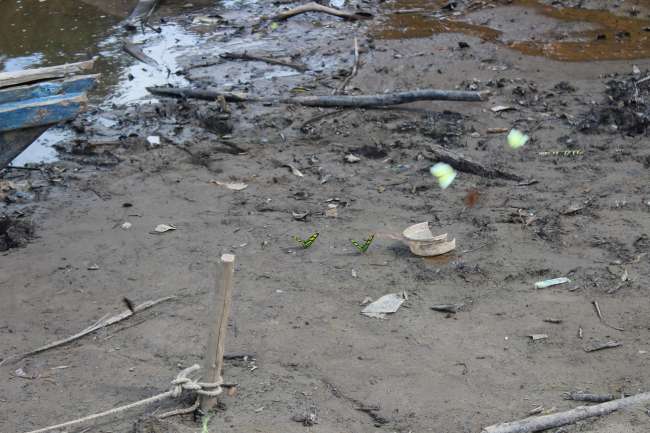
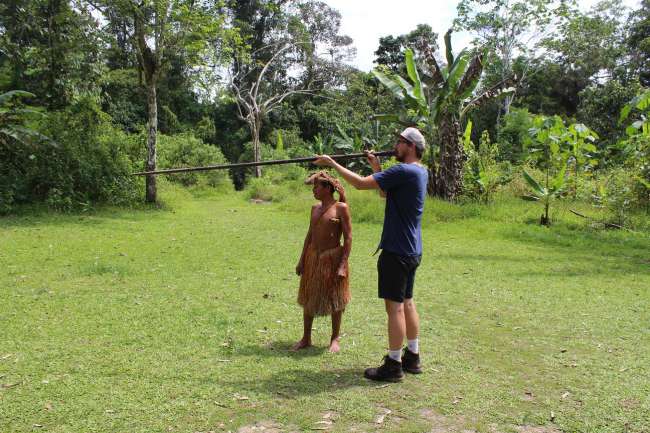
Nyorera kune Newsletter
Hello guys, it's us again, your Marius and Max. Today, we have for you: A three-day jungle trip in the Amazon with lots of action and life-threatening animals. Stay tuned... But before we start the journey, here's a little update on the jungle city of Iquitos, the starting point of our trip. The city, with its manageable 400,000 inhabitants, is located in the middle of the rainforest on the Amazon River and is the largest city in the world that can only be reached by boat or plane. There are virtually no cars here. The primary means of transportation are the well-loved, popular, and above all highly secure tuk-tuk moto-taxis or any other two-wheelers. The city, despite its size, is still manageable and easy to navigate. On the day of arrival, we searched for the "promenade" right on the riverbank with our new friends Carlo, a friendly Italian who has been living and working in Argentina for over five years and is now traveling the Amazon towards Brazil, and Daniel, also a native Argentine who unfortunately didn't speak a word of English but was still a really nice guy, to treat ourselves to a welcome beer. Unfortunately, we were unable to enjoy the beautiful Amazon River, which should actually flow directly below the walls, because the rainy season has not yet begun and the river is still 7 meters below its normal level. But don't worry, the beer still tasted great. Back at the hostel, we met the Canadian couple Alex and Marion. Both are sous-chefs in a French and an English restaurant in Montreal. We immediately liked them and quickly got into a conversation. The group grew larger and to our delight, Kalsy, the American we met in Huanchaco and who happened to be in Iquitos, also joined us, and together we decided to visit a bar in the center of the city. The highlight of the evening, besides the great conversations and the invitation from the Canadians to join them on their jungle trip, was the snake schnapps. You heard that right. Here, there are bottles of schnapps that hold an estimated 5 liters and contain a fully grown snake, presumably drowned in the schnapps. The schnapps tasted strong but didn't burn. It was a glass to enjoy. ;)
The next morning, we gratefully accepted the Canadians' offer and started the tour to the most dangerous natural place in the world.
Day #1:
We were picked up at 9:00 am by our tour guides. We took two moto-taxis to the agency where we quickly took care of the formalities. Among other things, we were asked about our shoe sizes for the rubber boots... well, Marius wears size 48 and I wear size 46-47. When the guide heard that, his eyes almost popped out. He grabbed the phone and made a call to find out if they even had boots in that size. Unfortunately, the largest size available in Peru is size 44. So, Plan B. We went back to the hostel with the moto-taxis and got our hiking boots, which we then used to start the adventure. With the taxis, we drove back to the port on roads full of potholes. Once we arrived, we found a slightly larger food market with many stalls offering all kinds of animals and insects to eat. Since we were invited by the guide, we decided to have a welcome beer, a culinary classic that always works. However, we declined the offer to eat fried giant maggots on a skewer for breakfast. After toasting at the market, we finally got on the boat and started our journey to the Amazon and the jungle. During the boat ride, we already got a taste of the wilderness. To our delight, we saw the first pink dolphins, also known as "Pink Dolphins". A wonderful sight that makes you want more. After about two hours of travel, we reached a small village located on a tributary of the Amazon River. Upon arrival, we had to walk through the village and a small part of the jungle to another tributary. During the walk through the village, we noticed that the choice of pets in the jungle is different from ours. Instead of dogs and cats, people here keep sloths and alligators. We saw a child, estimated to be 5 years old, with a baby alligator in one hand and an ice cream in the other. Crazy, we thought, and as we continued walking, we discovered a sloth clinging tightly to a pole right next to a hut. It seemed to be part of the inventory as well. After about fifteen minutes of walking, we reached the second river, the Rio Negro. From there, we took a small boat upstream to our first stop, the jungle lodge. The base camp for our expeditions. The lodge was built on stilts to withstand the rainy season and the rising water levels. It consisted of a main house/assembly room, a kitchen, and six smaller huts that served as bedrooms. During the boat ride to the lodge, we also met two Chilean women who had booked the tour. So, our jungle group consisted of 6 people and two guides, ready for the first expedition. But before we started, we had a really diverse and rich lunch. Strengthened, we got back in the boat and headed back to the village, where we changed boats again and then drove to a rescue farm on the river. A rescue farm is a shelter for injured, stray, and illegally traded animals. Upon arrival at the rescue farm, we were able to admire a wide variety of these animals. There were different species of monkeys, including capuchin monkeys, parrots in various colors, a toucan, a sloth, and a boa constrictor. The monkeys and parrots were very friendly, and we could put the animals on our shoulders or they simply climbed onto us. The boa constrictor, however, was a bit aggressive that day, hissing and threatening anyone who came too close. When our guide told us that the snake could jump a meter, we all took a step back and gave her the space she wanted. We were able to admire the sloth high up in the treetops. Suddenly, a heavy rain shower started, and we all had to take shelter. After about 20-30 minutes, the rain shower was already over, and we could continue to our next stop, a swim in the Amazon River. When we arrived at the swimming spot, we were reminded that we were only allowed to go into the water if we didn't have any open wounds (because of piranhas) and if we didn't pee in the water (because of the penis fish). Well, unfortunately, Marius had to go to the bathroom again. I quote him now because it was too good: "Dude, I've never shaken so well in my life." None of us wanted a penis fish inside us. But everything went well! The water was pleasantly warm, and the mud felt nice on the skin. After the swim, we returned to the lodge where we had a delicious dinner. After dinner and a short break, we went out into the jungle at night for insect observation. The guides led the way with machetes and showed us all kinds of creatures. Among other things, we saw the most poisonous spiders in the jungle, sleeping birds and salamanders, as well as a non-venomous millipede and countless butterflies, moths, and crickets. After about an hour, we returned to the camp. After another 20 minutes, the power, operated by a generator, was turned off, and we retired to our sleeping quarters. But before we could fall asleep, we were kept awake by a rustling noise that sounded like it was right in the room. After a final complete check of the bedroom, we agreed that it must have been under the hut. Probably a wandering drunk monkey or one of the chickens or dogs. With an incredibly beautiful and soothing jungle concert, we both fell asleep deeply and soundly.
Day #2:
4:45 am! The alarm goes off. We were told that we had to get up early for bird watching. So, we did! At five o'clock, we were already back in the boat and sailed along the river to a fork where a new river merged. There, we got to see the spectacle of the birds. Colorful birds flew over our heads, hawks hunted for food by the river, and countless white herons sat on the riverbank, looking for fresh fish. A soundscape that can hardly be described in words. Getting up early was worth it. After about an hour, we returned to the lodge and were allowed to rest for another 45 minutes before we had a hearty breakfast buffet. After breakfast, we got ready for the big jungle tour. We got on the boat again and stopped somewhere in the middle of nowhere. There, we started our hike. We walked deeper into the dense forest. (Here, you can only make progress with a machete) The trees became taller and larger, and the path became overgrown and more challenging. The jungle offers huge trees with gigantic roots, an incredibly lush green, and a lot of dangerous mud with crawling and flying creatures and hidden snakes. At times, we had to balance on tree trunks, swing on lianas to pass swamps. It also happened that we slipped and ended up knee-deep in the mud. What an adventure! After about two and a half hours, we reached a lake in the middle of the forest. Our next goal: fishing for piranhas, which we would then eat for lunch. So, we boarded a larger canoe with fishing gear, designed for six people, and a small canoe for two people. Marius chose the small canoe because he could take better pictures from there. Unfortunately, the canoes were so small and apparently designed for the weight of the Peruvians that Marius was a bit too heavy for the two-person boat. So, we decided to split the small canoe again and set off with one large and two small canoes. The small canoe for Marius had only 1 cm of space between the top edge of the boat and the water, but that had to be enough, and we set off on the lake. Marius joked with the guide that he would be in the water in a maximum of five minutes anyway and that it wouldn't be a big deal, but the guide made it clear to him that if he fell into the water, he would have a maximum of five minutes to live before he would not see another day. In the lake, there are not only meat-eating piranhas but also anaconda snakes and alligators that are always on the hunt, as well as the famous and rare jaguar, which is an excellent swimmer and has its hunting ground here. So, better not fall into the water! After about two hours of sweaty and tiring fishing, we returned to the shore with our catch. We caught seven piranhas and one slightly larger fish. Now it was time to make a fire, chop vegetables, and gut the fish. Everything was cooked together with water in a pot over the fire for about twenty minutes. Served on banana leaves, today we had fresh fish with yuca (similar to potatoes) and plantains. We ate traditionally with our fingers, connected to nature. The food was a true delight and just right after the strenuous hike. After the meal, in the pouring rain that had now set in, we began the journey back to our boat. After another two hours of brisk walking through the increasingly muddy ground, we reached the boat. From there, we went back to the lodge, where we arrived soaked, sweaty, and happy. There, it was time to gather our strength, freshen up, have dinner, and then go out on the boat again at night to hunt for snakes and frogs. So, armed with flashlights, we sat in the boat and drove along the riverbank in pitch darkness, looking for the creatures we were after. We didn't see any frogs that evening, but we got to see the most poisonous and dangerous snake in the Amazon area twice. One of them already had its prey in its stomach and seemed to be content on the riverbank, while one of the others was still lurking for prey. We could only admire the head of a third snake because it was swimming right next to us. It was a somewhat unsettling sight, but we were apparently not in any danger. Snakes can measure the temperature of their prey with their tongue and determine the size of the victim. But since there were eight people in the boat and we were as hot as a sauna, the snake probably decided not to attack. After about an hour, we reached the base camp again, and from there, we went directly to bed, completely exhausted and super satisfied.
Day #3:
Today, we can sleep a little longer. Breakfast is at 8 am, delicious as always. The schedule for today; a visit to an indigenous tribe and a "sugar cane factory" with an associated distillery. The excitement to set off cannot be delayed, and at 9 am, we are all already back in the boat and heading towards the indigenous village. When we arrived, we were led into the main tent and painted with war paint. After a short wait, a three-member music band, armed with two drums and a flute, marched into the tent. Shortly afterwards, more natives entered the tent and each took one of us by the hand, and we started dancing in a circle to the rhythmic music. After about ten minutes and feeling a bit dizzy, we were led outside, and the indigenous people demonstrated their jungle weapon. A long blowpipe with arrows. After a short demonstration, we were allowed to try it ourselves, and each of us fired two arrows at a target. The weapon was incredibly precise, and no one had any difficulty hitting the target. After the weapon demonstration, there was still the opportunity to buy homemade jewelry, pendants, and a small version of the demonstrated weapon. I was also immediately invited to a trade. A weapon in exchange for my completely soaked, no longer pleasantly scented shirt. But why do I need such a weapon when my backpack is already packed full, and I simply don't have room for such a big souvenir. I thought about it for a moment and decided to keep my shirt. After a farewell photo with the indigenous people, we moved on to the sugar cane and distillery factory. On the way, we had a stowaway on board. The white shepherd accompanied us from the indigenous village onto the boat and to the factory, or was it the jungle wolf?! ;) After another 20 minutes, we reached the "factory". A covered hut that strongly resembled a carport. Inside, there were two sugar cane presses and a grinding stone. After a short explanation of how the devices worked, we were allowed to operate the sugar cane press ourselves. Two people on the levers on one side and two people on the other side. Two more people were needed to clamp the sugar cane. By turning the levers together, we pressed the cane through the rollers, and the pure juice flowed down into a bowl. The rolling process was repeated three times with one sugar cane until all the juice had been squeezed out. After that, we were allowed to drink our own pressed sugar cane. While drinking, we discovered the most poisonous spider in the jungle, which was sitting directly on the lever we had just operated, right on the shaft. So, we were lucky. Delicious! After we had drunk the bowl empty, we immediately went next door to the distillery, also an open building. There, we were able to taste the jungle schnapps brewed there. There were four different ones to choose from. All were said to have healing and beneficial effects if consumed in a glass before breakfast. They were all delicious, and Marius decided to buy two bottles for the journey, just in case we need healing powers ;) (At that time, he already had about a bottle of healing inside him) After the visit, we returned to the lodge, where we packed our things, as it was our last day in the jungle. Before the journey home, however, there was another delicious lunch (roasted alligator). Well nourished and well fortified, we started the journey back across the Amazon River to Iquitos. On the way back, we were able to admire the beauty of the river dolphins once again before reaching the port after about three hours. Overjoyed and more than satisfied, we returned to our hostel to end the day with the Canadians.
On the last day of our stay in Iquitos, we went to the famous Arms Market, also known as the Belen Market, with the Canadians. There, you could buy really everything. From fresh fruits, vegetables, meat in all variations (chicken, beef, crocodile, turtle, pork, etc.), toiletries, medicines, and natural remedies in all variations, to exotic souvenirs and stuffed animals, everything could be admired and purchased here. We decided to forgo the exotic and only bought some groceries. One last time, we cooked a delicious lunch together with the Canadians (or rather the Canadians cooked for us), before they continued their journey to southern Peru. The next day, at 5 am, we also left Iquitos to take the speedboat to Leticia. After about ten hours of travel and another hour of visa organization, we finally reached the city and our destination for the day.
Welcome to Colombia!
Greetings Marius and Max
Note from Marius: The jungle boys are the biggest badass motherfuckers I have ever met. Every Hells Angel can pack up. They know every plant, every animal, and are true survival artists. Thick shoes for snakes? Not needed, they go in barefoot. Our guide once had a worm in his elbow. The elbow must have been the size of a tennis ball, but he was deep in the jungle on a tour. So, he just chased the worm to its little breathing hole in his elbow with the help of cigarette smoke. After cutting the skin a bit with a machete, he was able to pull the worm out! Definitely, there are different rules here! Jose, the lodge owner, has been injected with poison dart frogs several times to become stronger and more resistant to poisons. So, respect for the knowledge and skills of these guys. (Maybe something for you, Felix? You can still learn a lot there ;) )
Nyorera kune Newsletter
Pindura (1)
Foxtrott
Das wäre auf jedenfall ne geile Erfahrung! Mal sehen vll gibts ja noch nen Lehrgang im Dschungel für mich.
Mishumo yekufambisa Peru
